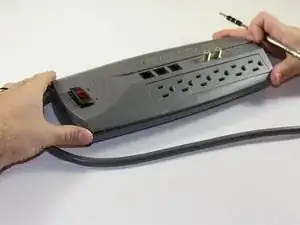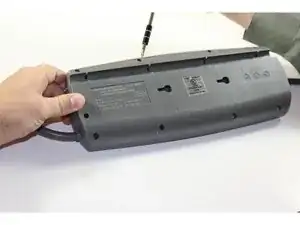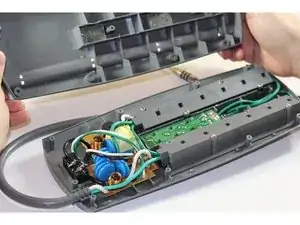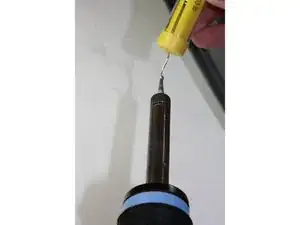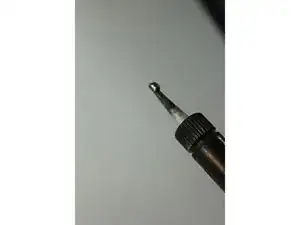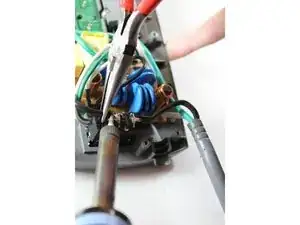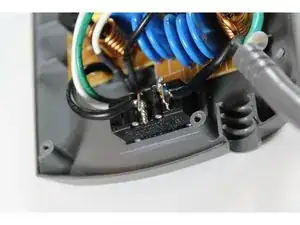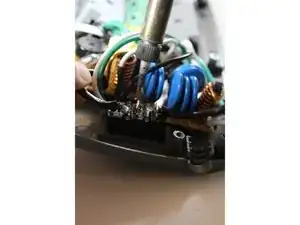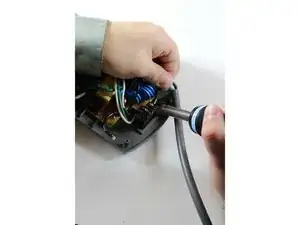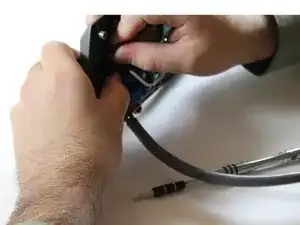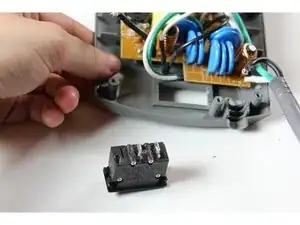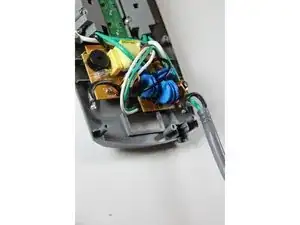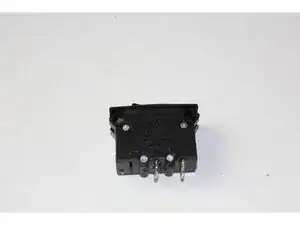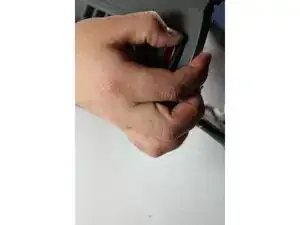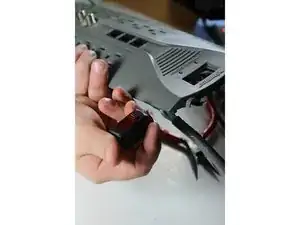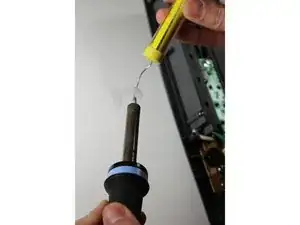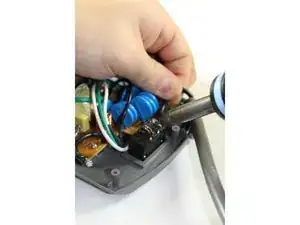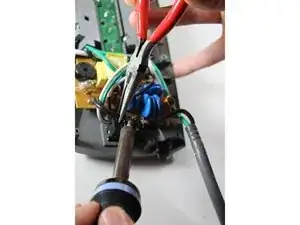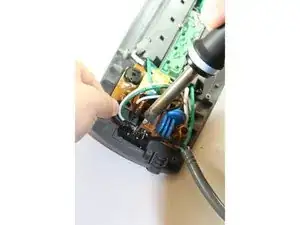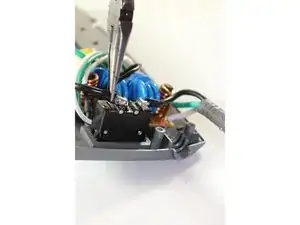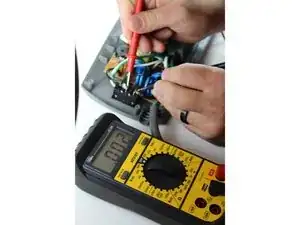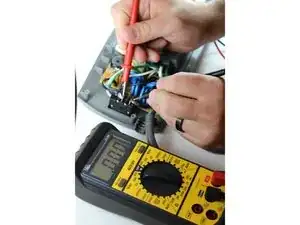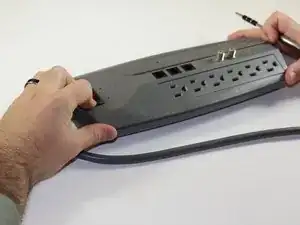Introduction
Surge protectors are designed to protect common electrical devices, but are often are subject to disposal at the end of their life cycle. By maintaining a surge protector with simple repairs you can help reduce E-waste. For 20 minutes and a low replacement part cost you can greatly extend the use and life of your S5202A surge protector.
Tools
Parts
-
-
Remove the nine screws from the bottom plate using an IfixIt bit driver and the bit labeled PH1.
-
-
-
Loosen the power switch by pushing on the plastic side tabs located inside the power strip case.
-
To reassemble your device, follow these instructions in reverse order.
Now that you are finished, you have the satisfaction of repairing something broken as well as cutting down on electronic waste. If there are problems such as: the switch not turning on, no voltage connectivity, or if the Ohmmeter does not give the appropriate readings in steps 15 and 16, you may be lacking the appropriate amount of solder for your wiring. To fix this, reapply the solder to the joints where the wires connect to the circuit breaker. Since surge protectors are a growing need with more electronics being utilized, this guide will help you ensure your surge protector is well maintained and ready to protect your electronics.
